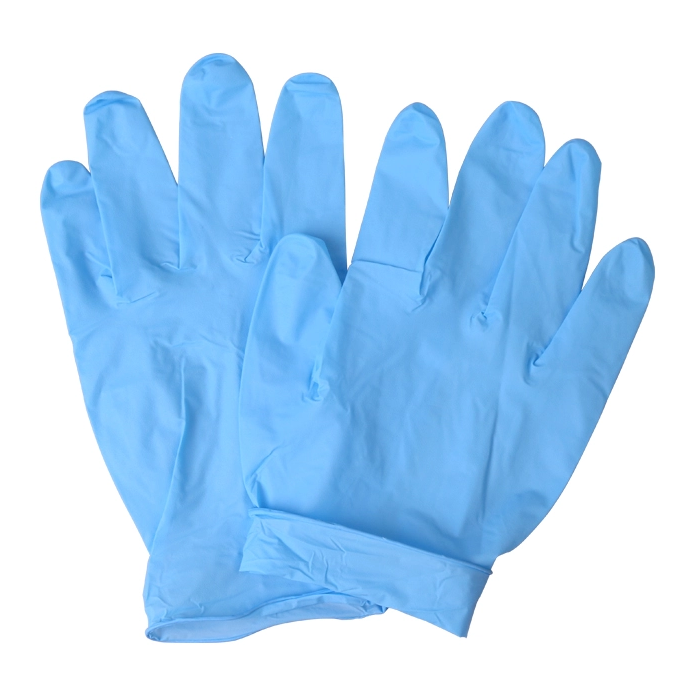The reporter recently learned from Inner Mongolia University that the research team led by researcher Wang Lei of the school has made new progress in semiconductor anti-corrosion research, and has been approved by the National Natural Science Foundation of China and other projects. The related results of "Passivation Layer Helps BiVO4 Anti-Light Corrosion Research" have been published recently in the international chemical journal "German Applied Chemistry", which will help improve the photoelectric conversion efficiency of solar hydrogen production. Researcher Wang Lei introduced that hydrogen energy, a new type of clean energy, has always been a research hotspot in new energy. Hydrogen production by photolysis of water is one of the main technologies for obtaining hydrogen energy, and the conversion efficiency of solar hydrogen production is the main performance index of photolysis water. The low light absorption rate and high carrier recombination rate of semiconductors are the primary factors affecting the conversion efficiency. Therefore, how to improve the photoelectric conversion efficiency is the top priority in the current photoelectric catalysis research field. BiVO4 semiconductor has a suitable band gap width of 2.4 eV, good light absorption performance, and suitable conduction band position for water oxidation at low potential, making it one of the important materials in the field of solar photoelectric catalytic hydrogen production. However, the recombination of electrons and holes in BiVO4 material seriously affects the photo-generated charge transport, making its solar photoelectric catalytic performance lower than the theoretical value. At the same time, due to photo-corrosion, it cannot be suitable for long-term photohydrolysis reactions. The usual solution is to use surface co-catalyst modification to improve semiconductor charge separation efficiency, inhibit secondary charge recombination, and accelerate surface reaction kinetics. The scientific research team has effectively improved the activity and stability of BiVO4 by improving the material preparation process and the constant potential photopolarization test method. Studies have shown that BiVO4 without surface promoter modification can achieve 100 hours of stability under intermittent testing, showing super "self-healing" characteristics. Electrochemical tests show that the passivation layer and oxygen vacancy assisting effect generated on the semiconductor surface interface effectively reduces the recombination of semiconductor electrons and holes, improves the surface water oxidation kinetics, and inhibits photocorrosion. (Reporter Zhang Jingyang, correspondent Hu Hongbo)
Description about disposable Nitrile Medical Gloves
Material for medical gloves: Nitrile, it is very good use and thick enough
Packing for medical gloves:100pcs/box, 1000pcs/carton, carton size:35x27x25cm
Weight:5.5kgs
There are different colors and sizes for option, we have the color like white, blue, pink, red, black etc.
We supply the medical used gloves and home use disposable gloves, there are different material for the gloves, like PVC, Rubber, Nitrile.
For medical use, the disposable nitrile medical gloves are very suitable and good use, it could be used in hospital, with the standard ASTM D6319, EN455/EN374.
If you need more information, pls contact us at any time, thanks a lot
Medical Gloves Medicine Gloves,Sterile Medical Gloves,Medical Rubber Gloves,Medical Hand Gloves Dongguan Smart Furniture Co.,Ltd , https://www.smtfurniture.com

Chinese scientists have made new progress in the research of semiconductor light corrosion resistance